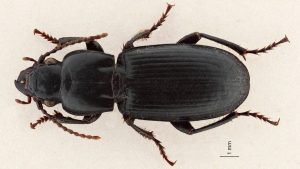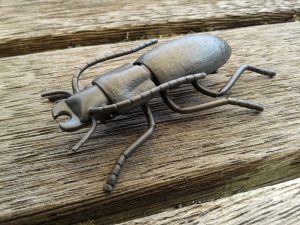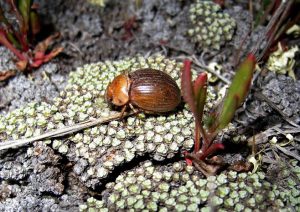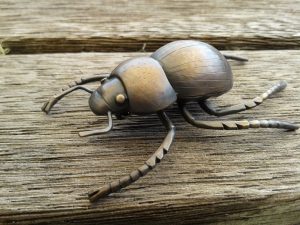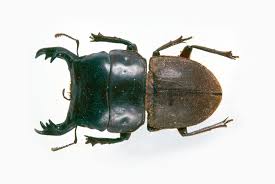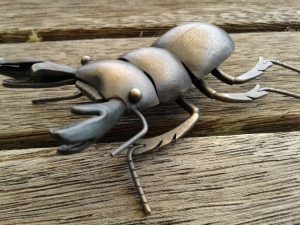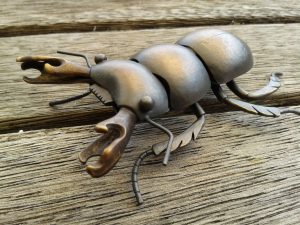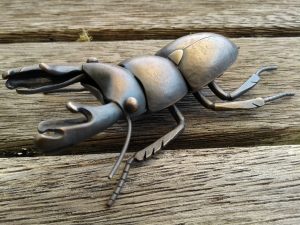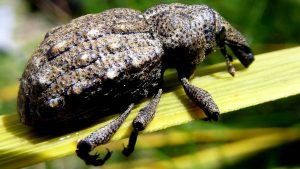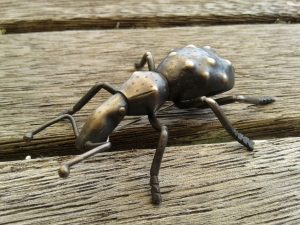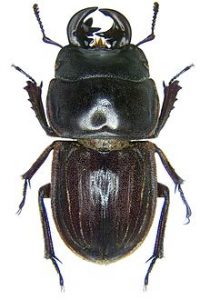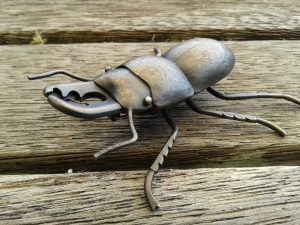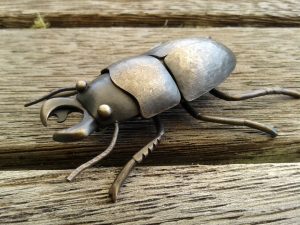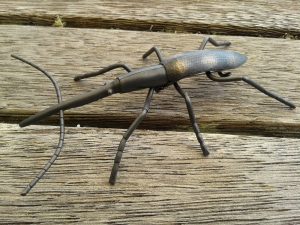Holcaspis Brevicula
Status; extinct
Only ten Eyrewell beetles have ever been found. No more will be found, as their habitat of kanuka and exotic pine trees has been replaced by 14,000 cows, at the behest of Ngai Tahu, in a dairy conversion that happened in 2019. DoC attempted to work with the owners of the land to ensure some protections for the small black carabid beetle, but were ignored. Unfortunately our conservation laws do not extend to private property, unless the endangered flora or fauna at risk is protected under the Wildlife Act.
The Eyrewell beetle was threatened from the outset, when it’s kanuka habitat was destroyed to make way for exotic pine plantations, the eponymous Eyrewell Forest. It survived on to exist in 7000 hectares of pine, but when the pine forest was returned to Ngai Tahu in 2000, the beginning of the beetles’ obituary was written.
Small, black, flightless, and un-charismatic, the beetle had no chance of prevailing when pitted against the prospect of income generated from the sale of milk powder and infant formula, grown off the back of a center pivot irrigation system, fed by the Waimakariri River, in a traditionally dry region of Canterbury.
The Eyrewell beetle was about 1 cm long, shiny black, nocturnal, and couldn’t fly, though it could run, but not fast enough to outrun the shredders that chipped the pine trees up into sawdust so fine any creature larger than a pinhead could not survive. It’s tenacity that ensured survival of it’s earlier habitat destruction could not survive this final blow.
Silver brooch

